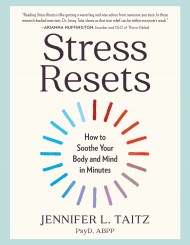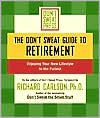Promotion
Use code MOM24 for 20% off site wide + free shipping over $45
The Don't Sweat Guide for Teachers
Cutting Through the Clutter so that Every Day Counts
Contributors
Formats and Prices
Price
$8.99Price
$11.99 CADFormat
Format:
ebook $8.99 $11.99 CADThis item is a preorder. Your payment method will be charged immediately, and the product is expected to ship on or around October 9, 2012. This date is subject to change due to shipping delays beyond our control.
Also available from:
Foreword by Richard Carlson, Ph.D.
Homework, report cards, and attendance. Teachers can get so bogged down by paperwork that often they forget why they teach. Published near the end of the school year, this guide is the perfect gift for teachers to remind them how they can change students’ lives.
Homework, report cards, and attendance. Teachers can get so bogged down by paperwork that often they forget why they teach. Published near the end of the school year, this guide is the perfect gift for teachers to remind them how they can change students’ lives.
Genre:
- On Sale
- Oct 9, 2012
- Page Count
- 208 pages
- Publisher
- Hachette Books
- ISBN-13
- 9781401305604
Newsletter Signup
By clicking ‘Sign Up,’ I acknowledge that I have read and agree to Hachette Book Group’s Privacy Policy and Terms of Use







